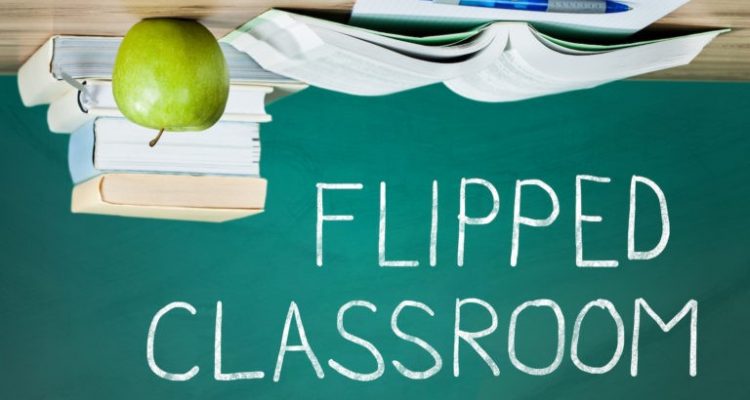It took me quite a while to figure out what I wanted to write my first Editorial Board piece on. I now have a little post-it note on my desk of “Things I Have Opinions On.” But, there’s one point that stood out amongst all else, one thing that I truly believe is a problem at Fairfield University and has intensified due to the pandemic. Let’s talk about the “Flipped Classroom Model.”
For those who aren’t aware of the latest teaching trends, the flipped classroom model’s intention is to “flip” the classroom. Meaning, that students are to spend time outside of the classroom learning the material, and then attend class to put it in practice. Its intention is to not waste classroom time through instructional material, but to allow the students more time to work through it and test their knowledge of the subject. This model’s use has increased slightly, as many probably see the significant benefits it provides. According to one study, the researchers discovered, “the average benefit of learning in a flipped classroom was similar to getting a 586 on a standardized math test when the average score is 550.” They state that it’s this additional active learning opportunity that gives students the leg up on their traditional classroom.
It’s probably the support for the model, and the ease at which the flipped classroom is applied, that pushed many of my Fairfield professors to apply it to their own class. In college, this usually means, pages of reading and additional lectures in preparation for a class discussion on the material. I suppose my professors do it because they don’t want to waste classroom time on lectures, but I feel as though I came to college to attend lectures. I have these professors with Masters Degrees and Doctorates who now act as moderators in a discussion instead of providing their insight into a discussion. I spend hours and hours preparing for class just to listen to sit and have everyone go around the circle and say their favorite part of the reading. Is this what’s truly going to be beneficial to me? To cause me the confidence to say I learned something after college? I truly don’t think so, I do not believe I learn anything from a flipped classroom model, nor do I think it’s an inclusive model for students from all backgrounds.
Though a flipped classroom model might work in a high school or elementary school, university professors have to understand that we as students signed up for a specific amount of hours of classes. I personally am taking 15 credit hours this semester. Though, of course, I penciled in time for homework or studying after class, I filled the rest of my free time with activities and jobs. I know of Fairfield students working two jobs while attending school just to afford the tuition or help their parents pay the bills. And like me, they of course set aside extra time for homework and assignments for classes, that’s just part of the deal. But, the flipped classroom model doubles or nearly triples the workload of a normal semester. I find myself spending hours at my desk, reading hundreds of pages of reading or watching hours of additional content, just to sit in class for an hour and 15 minutes of no further application. The consensus around my peers is that it feels as though the flipped classroom model is taking the workload away from the professors and dumping it on the already stressed and overwhelmed student.
Part of the issue here is though my professors like to throw out the word “flipped classroom” they often are not using it the way it’s intended to be used. David C.D. van Alten, a researcher on flipped classrooms states that using long, pre-recorded lectures is a “bad flip.” Which is how, nearly all professors I’ve heard using the flipped classroom model, flip their classes. Alten says that a true flipped classroom needs interactive, multimedia materials and additional quizzes to truly make it worth it. He goes on to say that this is an expensive and timely model, and thus would recommend only teams of teachers attempting it. Even further research shows that though on the surface, this model has shown to have benefits, there just hasn’t been as much research into the negative effects. The research into flipped classroom’s disadvantages has shown that there’s a possibility that the model does what I was worried about it doing. A 2019 study into how West Point students benefited from the flipped classroom model found that not only was there “no long term average effects on student learning” but the model only “broadened the achievement gap” with the white, male and higher achieving students at the top.
Though I do respect my professors for attempting to find a classroom setup that seeks to increase our learning, and allow us to interact with the material in a different way, I truly do not see the benefits in the flipped classroom instruction. I think that we need to work to find something that though increases our understanding of the material, doesn’t overburden students with material and is accessible for all students in the classroom.


Leave a Reply